Home>Furniture & Design>Living Room Furniture>How To Keep A Cat Off A Dining Table
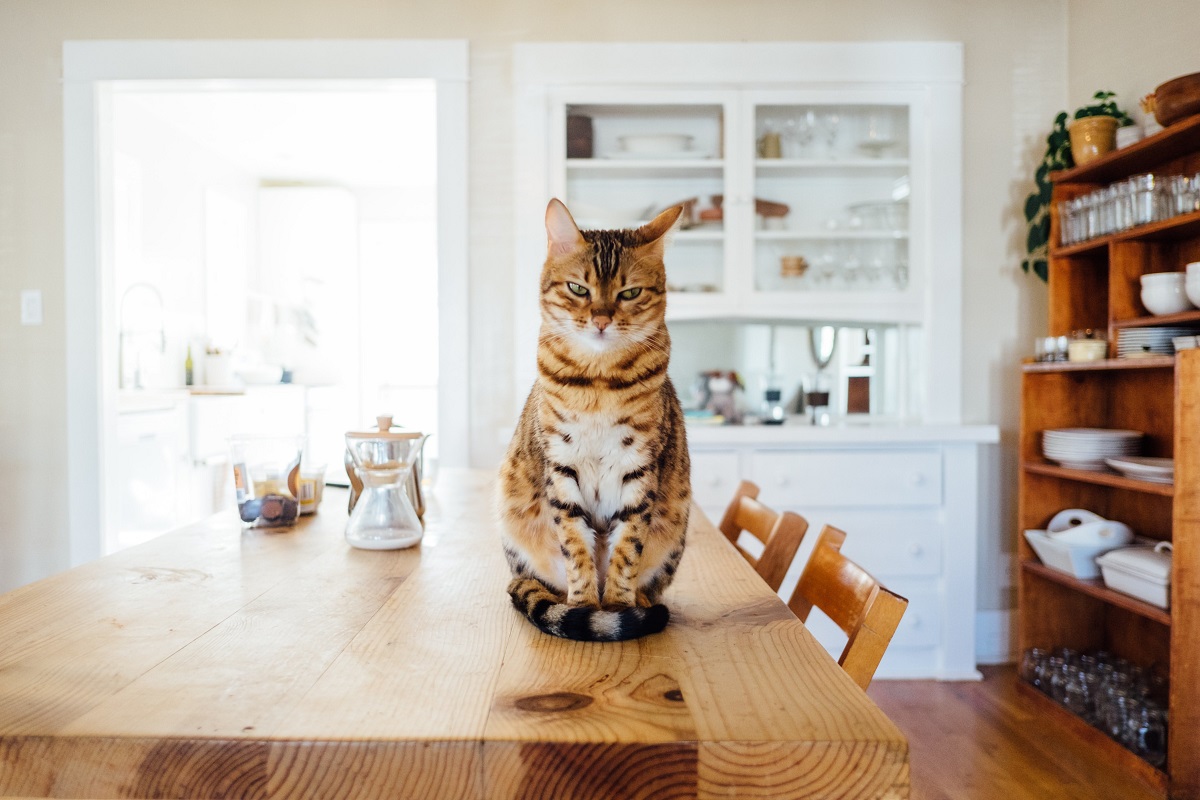

Living Room Furniture
How To Keep A Cat Off A Dining Table
Modified: January 9, 2024
Discover effective strategies for keeping your cat off the dining table and away from your living room furniture. Explore expert tips and solutions for a harmonious home environment.
(Many of the links in this article redirect to a specific reviewed product. Your purchase of these products through affiliate links helps to generate commission for Storables.com, at no extra cost. Learn more)
Introduction
Read more: How To Keep Cats Off Countertops
Understanding the Cat's Behavior
Cats are known for their independent and curious nature, and it's no surprise that they often find their way onto dining tables. While it may be endearing to see your feline friend perched on the table, it can also lead to hygiene issues and potential damage to your furniture. Understanding why cats are drawn to tables is the first step in addressing this behavior.
Cats are naturally inclined to seek out elevated vantage points to survey their surroundings and ensure their safety. In the wild, this behavior helps them spot potential predators and prey. As domesticated animals, cats retain this instinct, which leads them to explore elevated surfaces in the home, including dining tables. Additionally, cats are attracted to areas where they can find food or where they receive attention from their human companions. If your cat has discovered that the dining table offers both a vantage point and the possibility of finding scraps of food, they are likely to return to it regularly.
Understanding these instincts can help you develop effective strategies to keep your cat off the dining table. By providing alternative spaces, using deterrents, and employing positive reinforcement, you can create an environment that encourages your cat to engage in more appropriate behaviors while respecting your dining area.
In the following sections, we will explore these strategies in detail, offering practical tips to help you maintain a harmonious living space for both you and your feline companion.
Key Takeaways:
- Cats are drawn to dining tables due to their natural instincts and the possibility of finding food. Providing alternative spaces and using deterrents can redirect their attention and keep the dining table cat-free.
- Positive reinforcement and training are effective in keeping cats off dining tables. Rewarding desired behaviors and creating a harmonious living space can help cats choose alternative resting spots and activities.
Understanding the Cat’s Behavior
Cats are known for their independent and curious nature, and it’s no surprise that they often find their way onto dining tables. While it may be endearing to see your feline friend perched on the table, it can also lead to hygiene issues and potential damage to your furniture. Understanding why cats are drawn to tables is the first step in addressing this behavior.
Cats are naturally inclined to seek out elevated vantage points to survey their surroundings and ensure their safety. In the wild, this behavior helps them spot potential predators and prey. As domesticated animals, cats retain this instinct, which leads them to explore elevated surfaces in the home, including dining tables. Additionally, cats are attracted to areas where they can find food or where they receive attention from their human companions. If your cat has discovered that the dining table offers both a vantage point and the possibility of finding scraps of food, they are likely to return to it regularly.
Understanding these instincts can help you develop effective strategies to keep your cat off the dining table. By providing alternative spaces, using deterrents, and employing positive reinforcement, you can create an environment that encourages your cat to engage in more appropriate behaviors while respecting your dining area.
In the following sections, we will explore these strategies in detail, offering practical tips to help you maintain a harmonious living space for both you and your feline companion.
Providing Alternative Spaces
One of the most effective ways to prevent your cat from lounging on the dining table is to offer alternative spaces that fulfill their natural instincts and provide similar perks. Cats enjoy perching in elevated spots, so investing in a cat tree or designated shelving can redirect their attention away from the dining table. These structures not only serve as elevated vantage points but also provide a sense of security and ownership for your cat.
Placing cozy cat beds near windows or in quiet corners of the house can also entice your feline friend to choose these spots over the dining table. Cats often seek out warm and comfortable areas for relaxation, and providing them with inviting resting places can reduce their inclination to seek out less suitable locations, such as the dining table.
Additionally, incorporating interactive toys and puzzle feeders into your cat’s environment can offer mental stimulation and physical activity, reducing their desire to explore off-limits areas. Engaging your cat in regular play sessions and providing opportunities for exploration and exercise can contribute to a more content and well-behaved pet.
By understanding and catering to your cat’s natural behaviors and needs, you can create an environment that minimizes their interest in the dining table while promoting positive and fulfilling experiences elsewhere in the home. In the following sections, we will delve into additional strategies for deterring your cat from accessing the dining table, further enhancing harmony in your living space.
Using Deterrents
When providing alternative spaces alone doesn’t suffice, employing deterrents can help dissuade your cat from venturing onto the dining table. There are various methods and products designed to discourage feline exploration of off-limits areas, including the dining table.
One effective approach is to use scent-based deterrents. Cats are known for their sensitive sense of smell, and certain scents are unappealing to them. Spraying citrus-scented or menthol-based deterrents on the table or placing cotton balls soaked in these scents along the table’s edges can discourage your cat from jumping up. However, it’s important to regularly reapply these deterrents, as their effectiveness diminishes over time.
Another popular deterrent is the use of motion-activated devices. These devices emit a harmless burst of air or sound when they detect motion, startling the cat and teaching them to associate the dining table with an unpleasant experience. Over time, the cat may learn to avoid the table altogether, even when the deterrent is not active.
Physical barriers, such as double-sided tape or aluminum foil placed on the table’s surface, can also deter cats from jumping up. These textures are often unpleasant for cats to walk on, and they may choose to avoid the table as a result.
It’s important to note that while deterrents can be effective, they should be used in conjunction with positive reinforcement and alternative spaces to ensure that your cat’s needs are met in a balanced and humane manner. In the following section, we will explore the role of training and positive reinforcement in modifying your cat’s behavior and fostering a harmonious living environment.
Place double-sided tape or aluminum foil on the table to deter your cat. Cats dislike the texture and will be less likely to jump on the table.
Read more: How To Keep Cat Off Furniture
Training and Positive Reinforcement
Training your cat to stay off the dining table can be a gradual process that requires patience and consistency. Positive reinforcement is a highly effective method for encouraging desired behaviors in cats. By rewarding your cat for choosing alternative resting spots and engaging in appropriate activities, you can effectively redirect their behavior away from the dining table.
When your cat selects a designated resting area or uses a scratching post instead of the dining table, offer them verbal praise, gentle pets, or a favorite treat. This positive reinforcement creates a positive association with the desired behavior and encourages your cat to repeat it in the future. Over time, they will learn to prefer the alternative spaces and activities you have provided.
It’s important to avoid using punishment or negative reinforcement, as these techniques can lead to stress and anxiety in cats, ultimately exacerbating behavioral issues. Instead, focus on creating an environment that promotes and rewards positive behaviors while minimizing opportunities for unwanted behavior.
Consistency is key when implementing training and positive reinforcement. Ensure that all family members and visitors are aware of the training plan and are committed to upholding the established boundaries. By presenting a united front and consistently reinforcing positive behaviors, you can effectively communicate your expectations to your cat and facilitate lasting behavioral changes.
Additionally, consider the use of clicker training, a positive reinforcement method that pairs a clicking sound with a reward to mark desired behaviors. Clicker training can be an effective way to communicate with your cat and reinforce specific actions, further contributing to a harmonious coexistence in your home.
By combining training and positive reinforcement with the aforementioned strategies, you can create an environment that encourages your cat to engage in desirable behaviors while respecting boundaries, ultimately fostering a peaceful and mutually fulfilling living space.
Conclusion
Keeping your cat off the dining table is a common concern for pet owners, but with a comprehensive understanding of feline behavior and the implementation of effective strategies, it is entirely achievable. By acknowledging your cat’s natural instincts and providing alternative spaces that cater to their needs, you can redirect their attention away from the dining table while promoting positive behaviors elsewhere in the home.
Employing deterrents, such as scent-based products, motion-activated devices, and physical barriers, can further discourage your cat from accessing the table. However, it’s crucial to complement these deterrents with training and positive reinforcement to ensure a balanced and humane approach to modifying your cat’s behavior.
Positive reinforcement, in the form of verbal praise, gentle pets, and favorite treats, can encourage your cat to choose alternative resting spots and activities, fostering a harmonious coexistence in your living space. Consistency and clear communication of expectations among all household members are essential for the success of these strategies.
Ultimately, by creating an environment that respects your cat’s natural inclinations while establishing clear boundaries, you can cultivate a peaceful and mutually fulfilling living space for both you and your feline companion. With patience, understanding, and the application of effective techniques, you can enjoy a dining table that remains free of feline intrusions, promoting a hygienic and harmonious home environment.
Implementing these strategies not only addresses the immediate concern of keeping your cat off the dining table but also contributes to strengthening the bond between you and your pet, fostering trust, and promoting positive interactions. By integrating these approaches into your daily routine, you can create a living space that prioritizes your cat’s well-being while maintaining the integrity of your home and furniture.
Frequently Asked Questions about How To Keep A Cat Off A Dining Table
Was this page helpful?
At Storables.com, we guarantee accurate and reliable information. Our content, validated by Expert Board Contributors, is crafted following stringent Editorial Policies. We're committed to providing you with well-researched, expert-backed insights for all your informational needs.
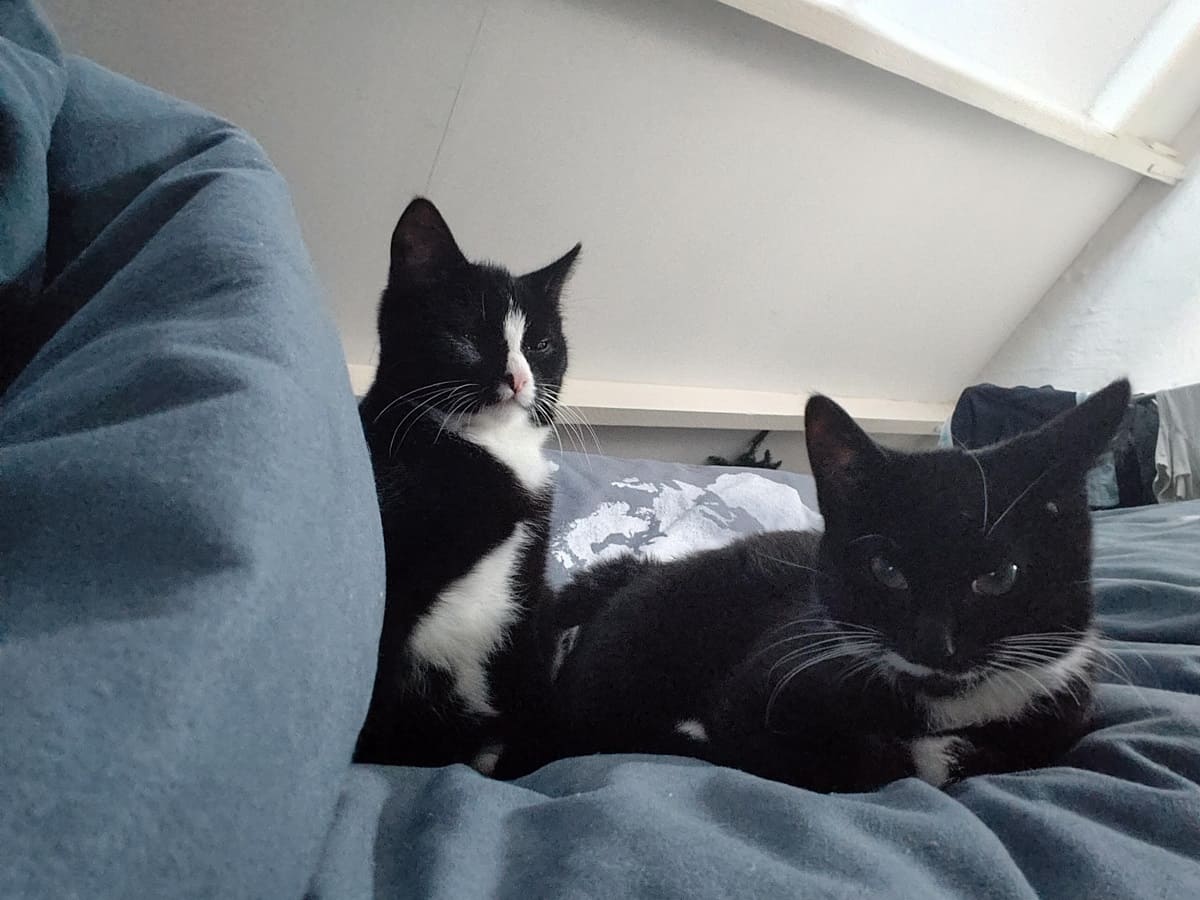
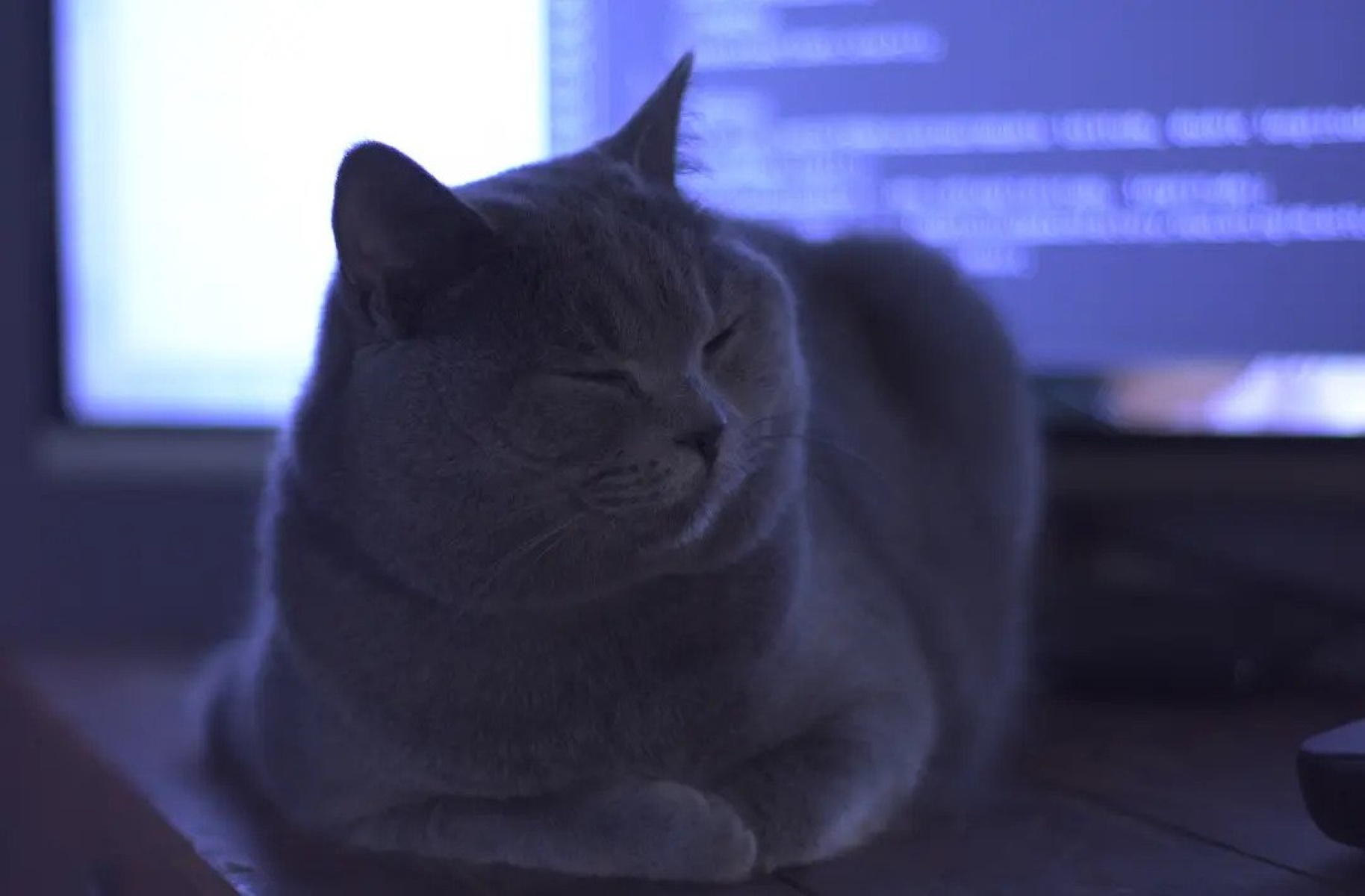
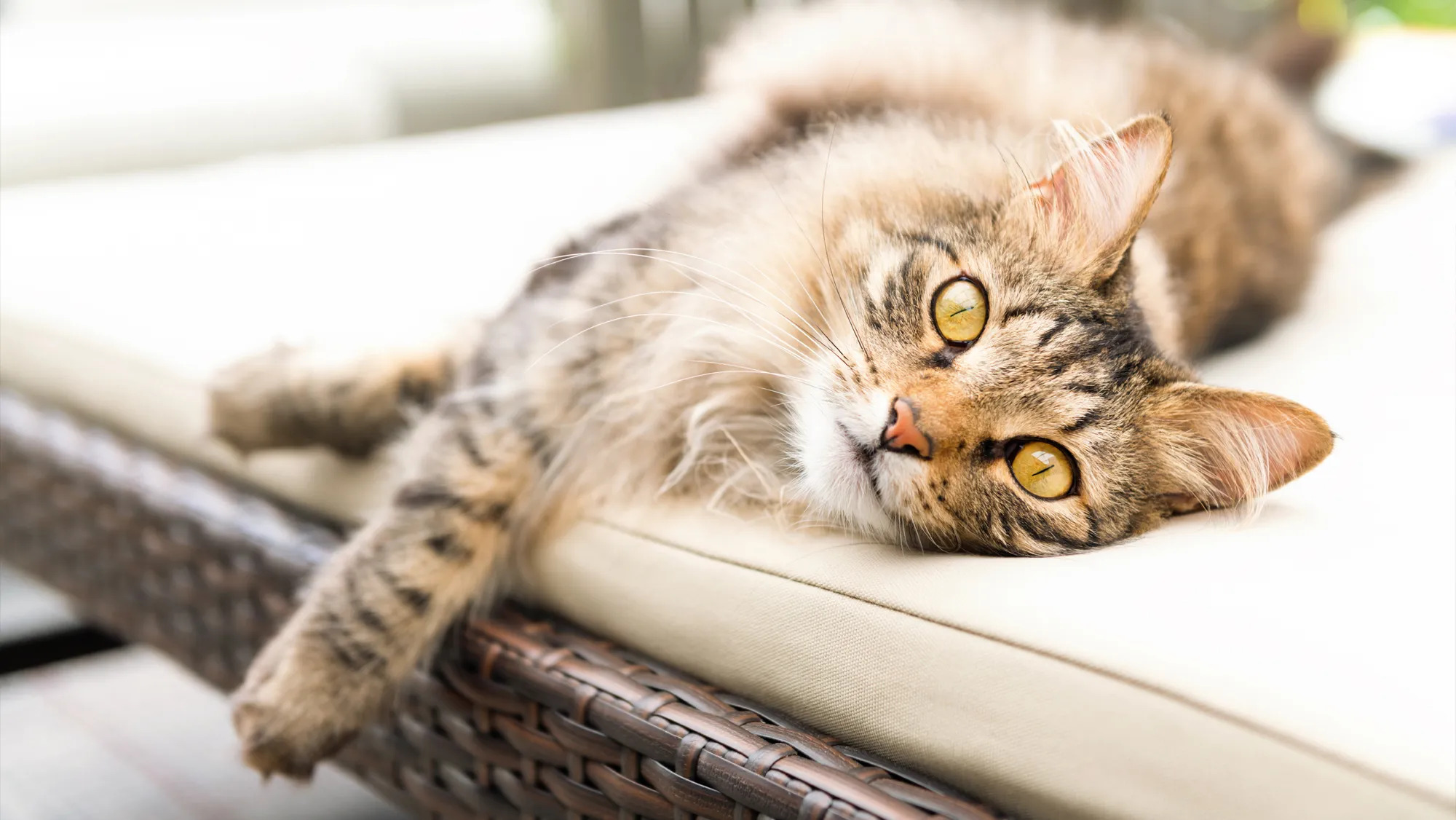
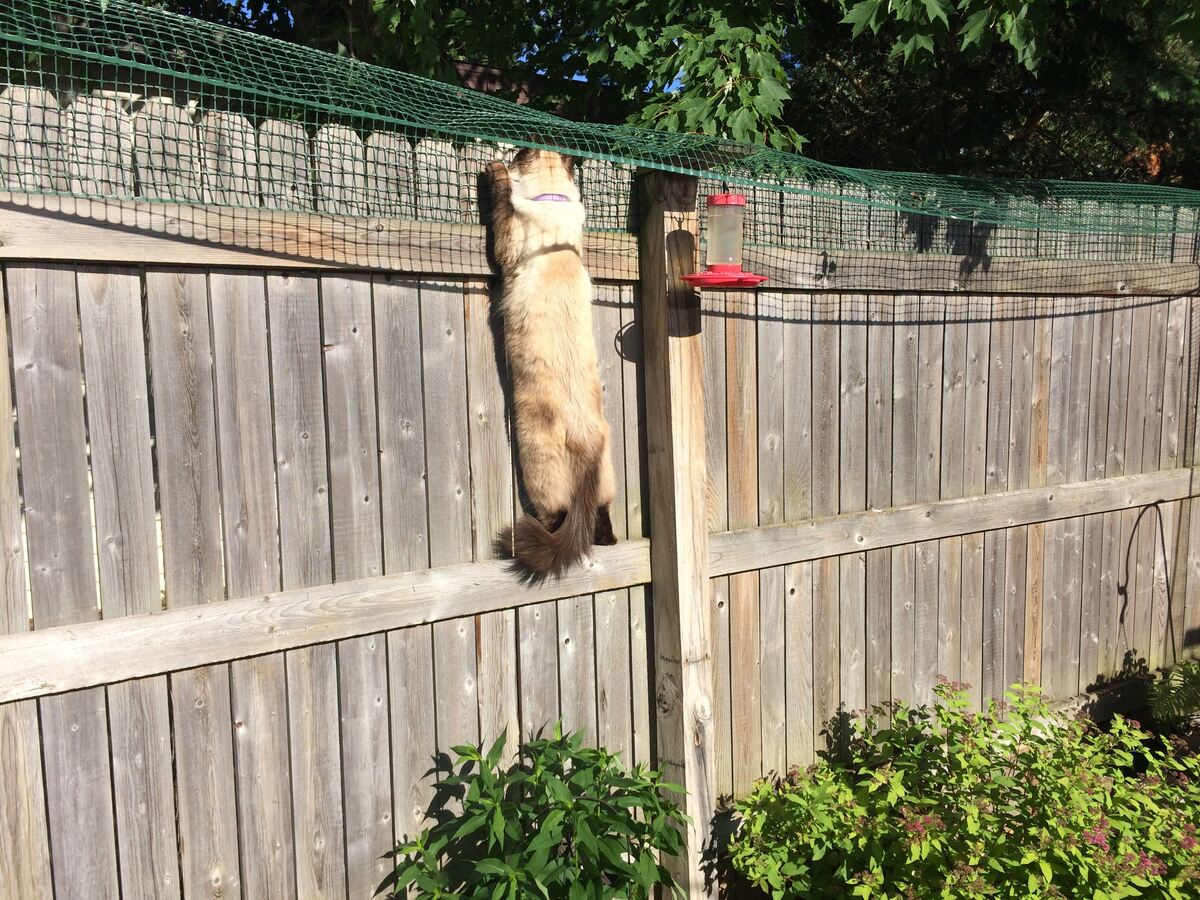
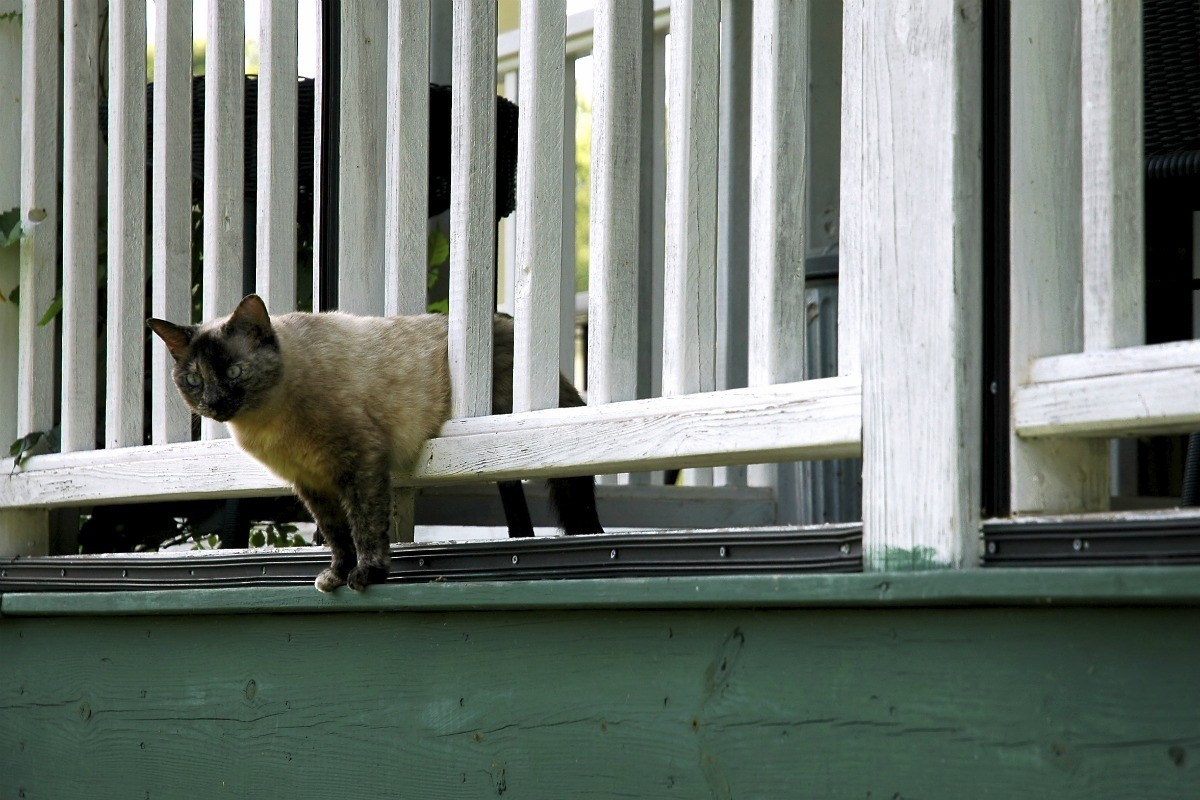
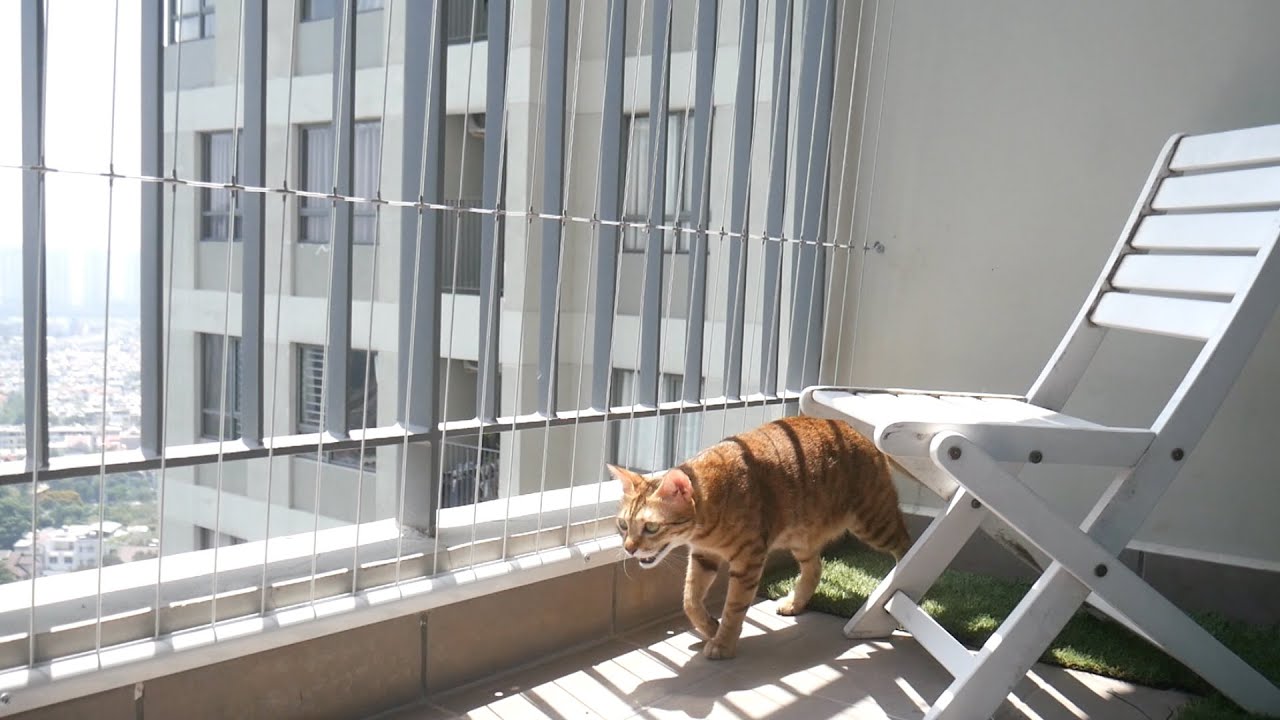
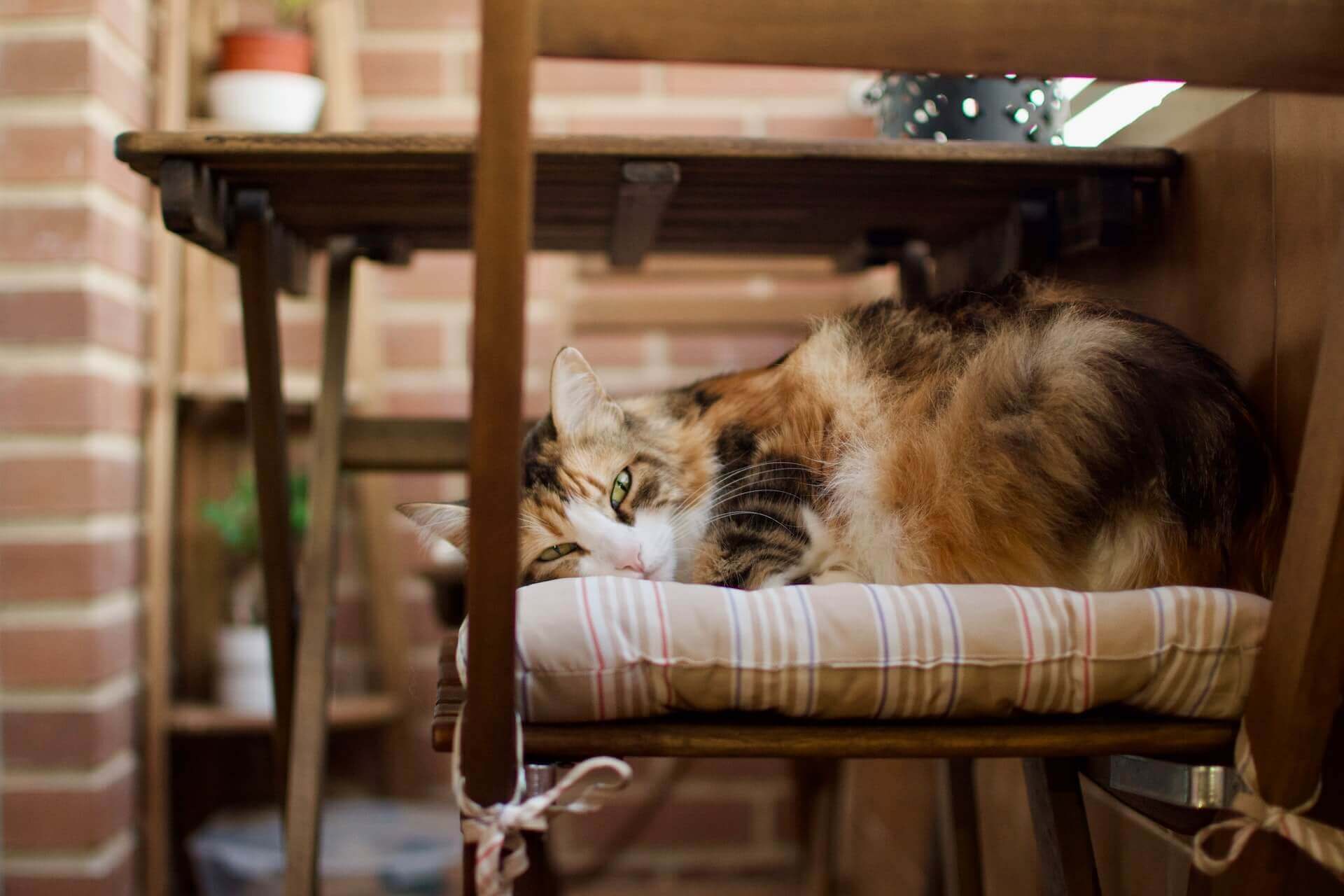
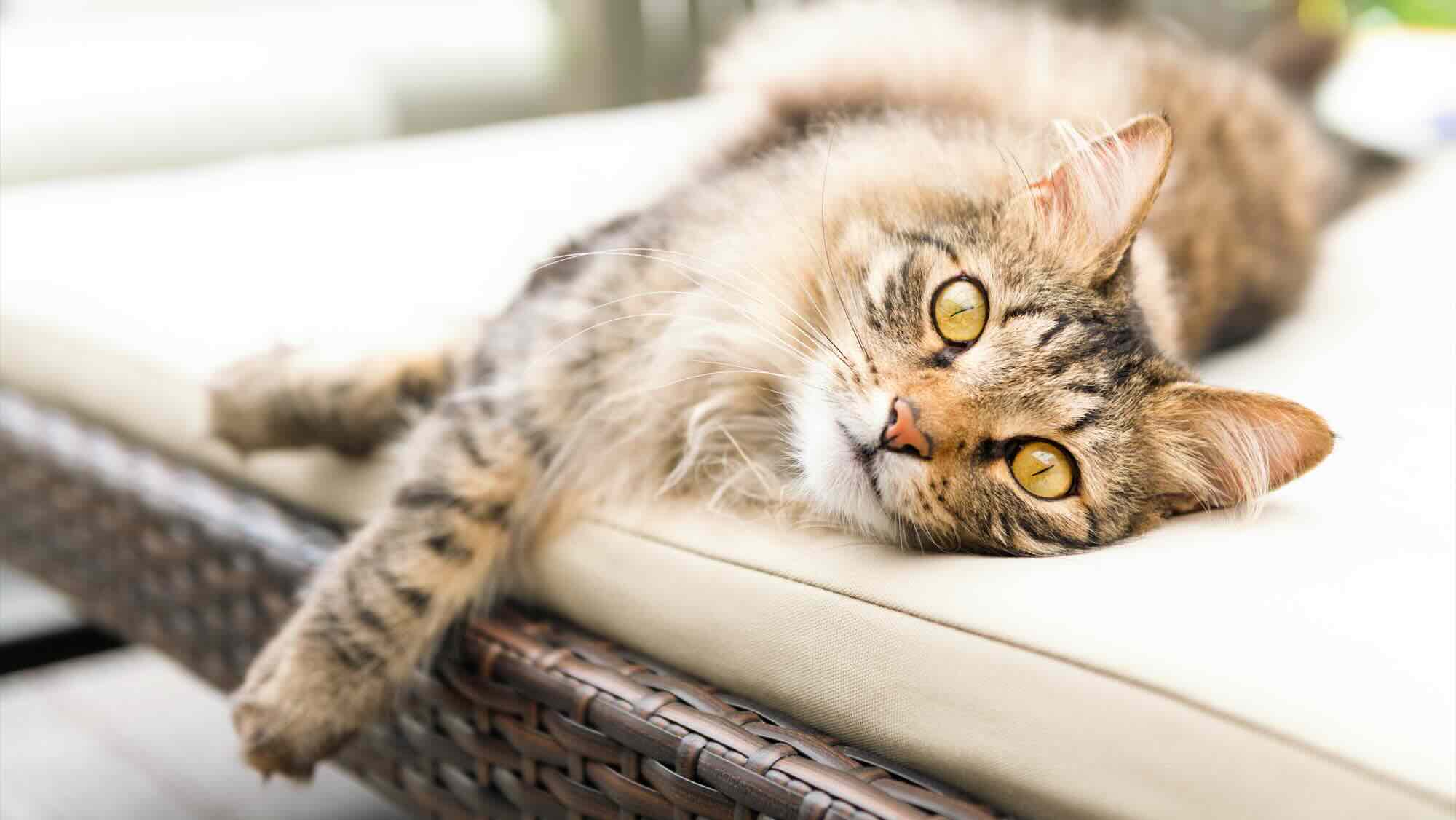
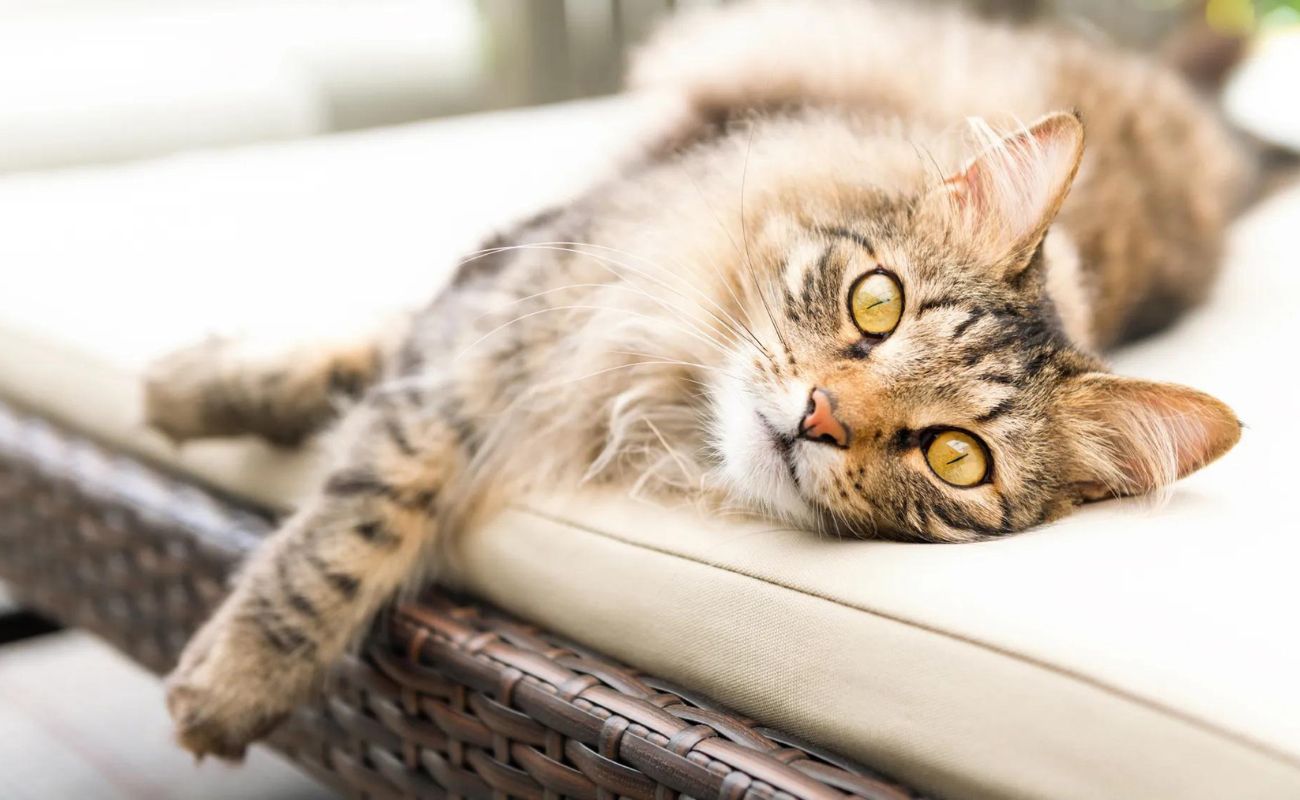
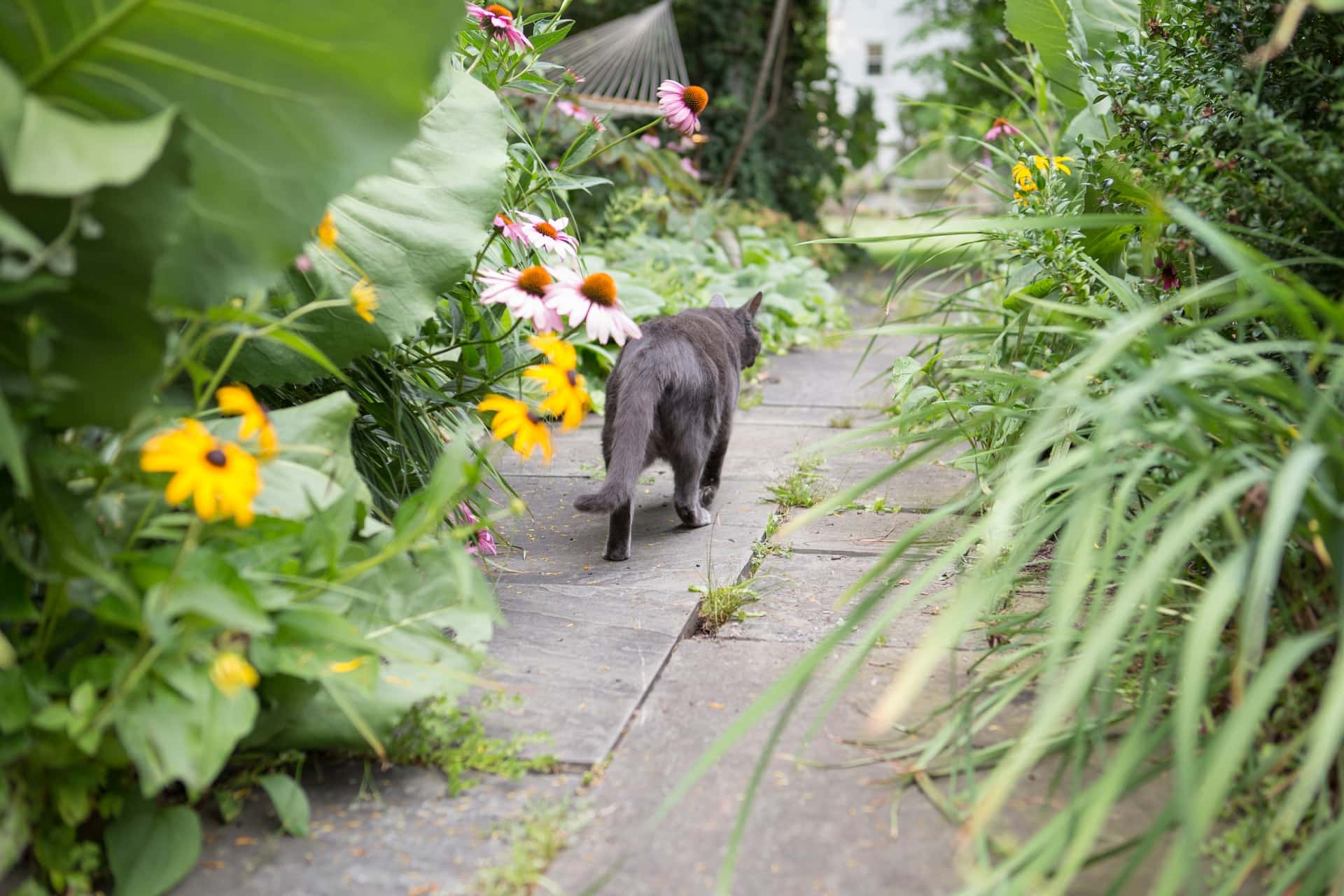
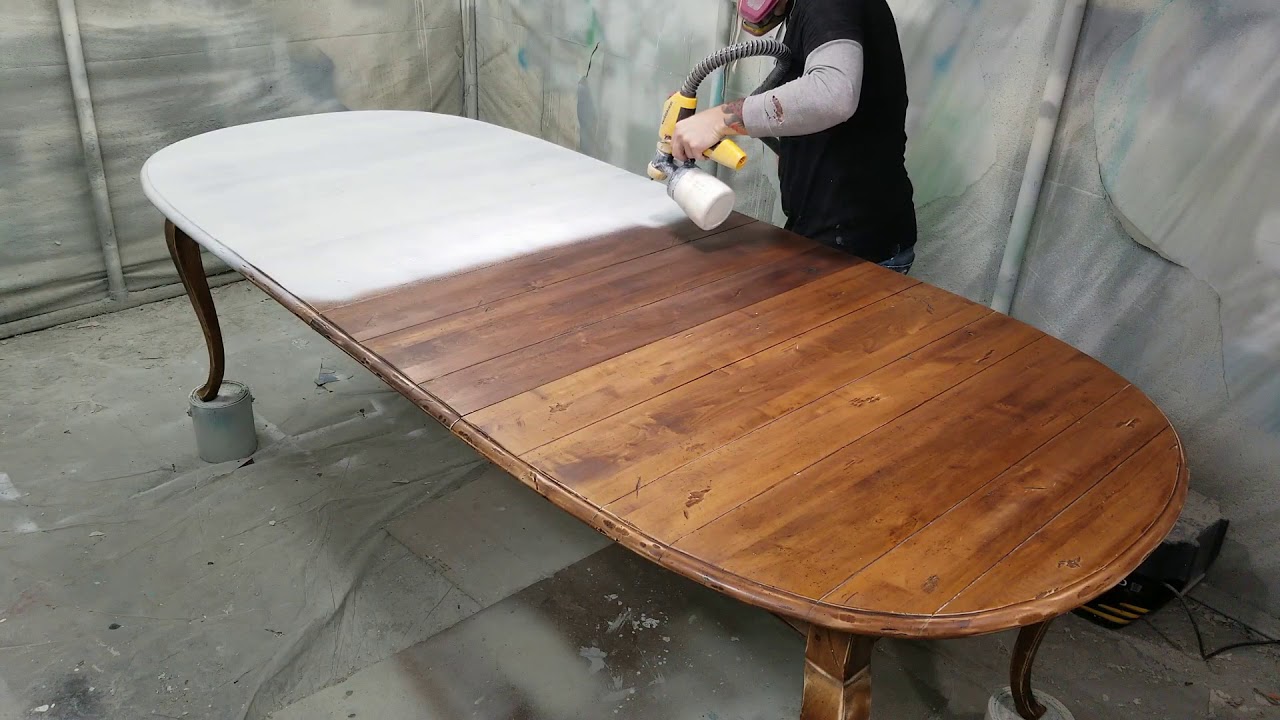
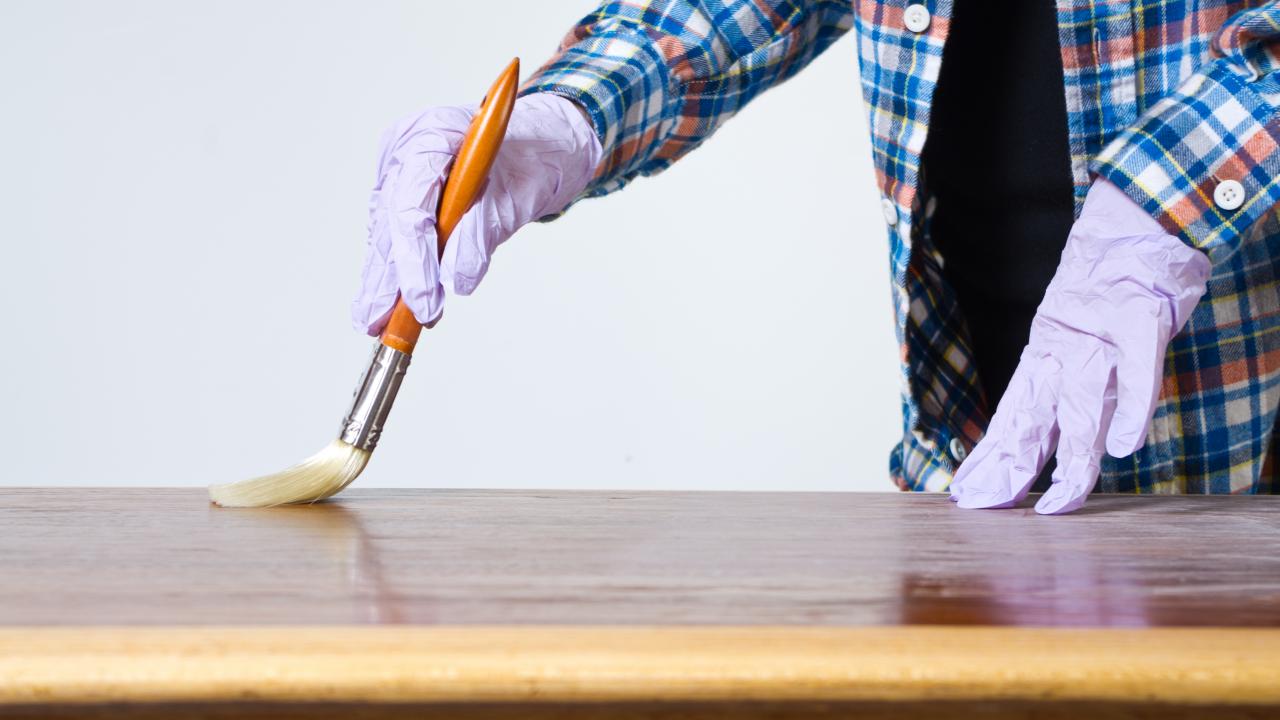
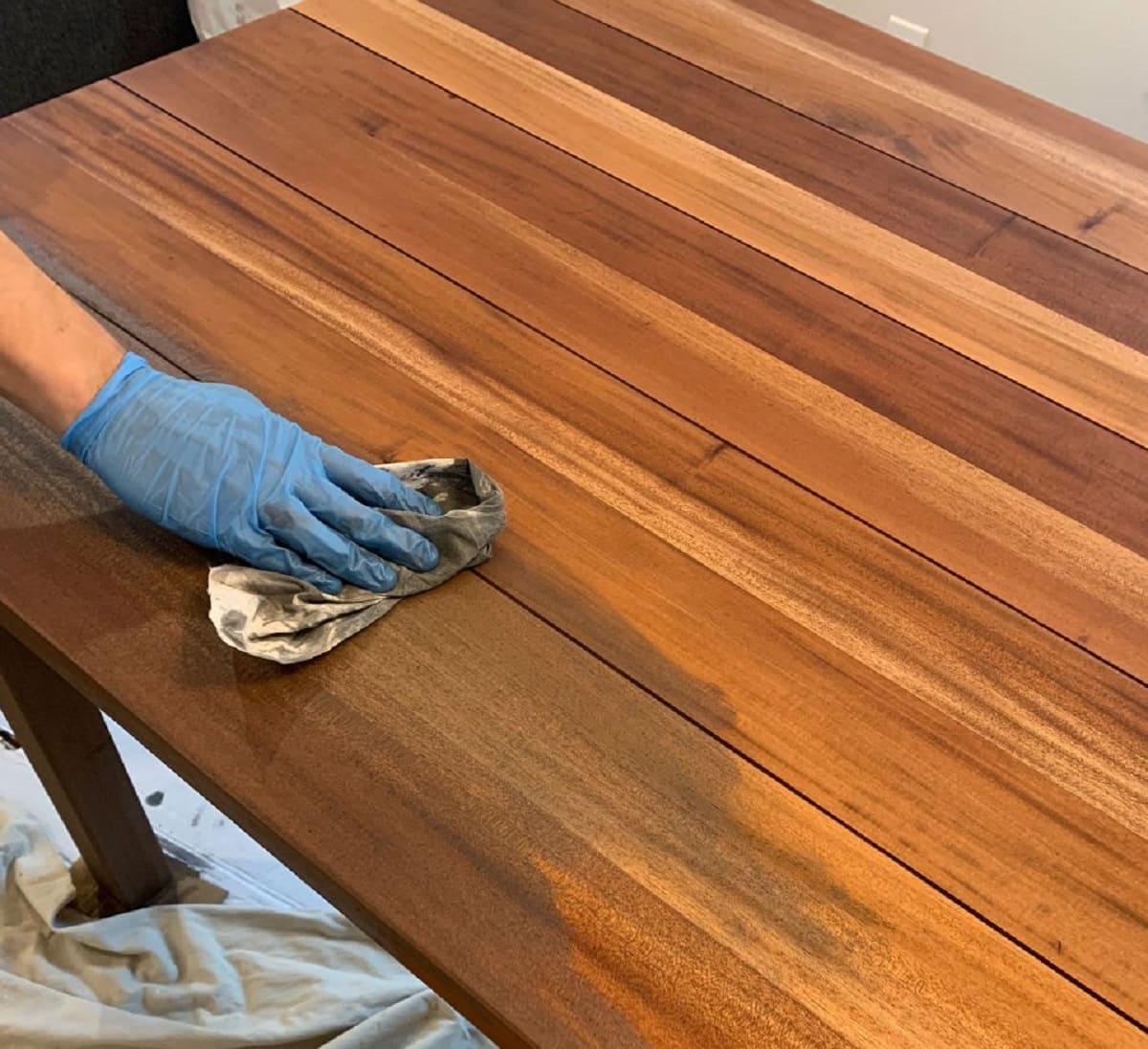
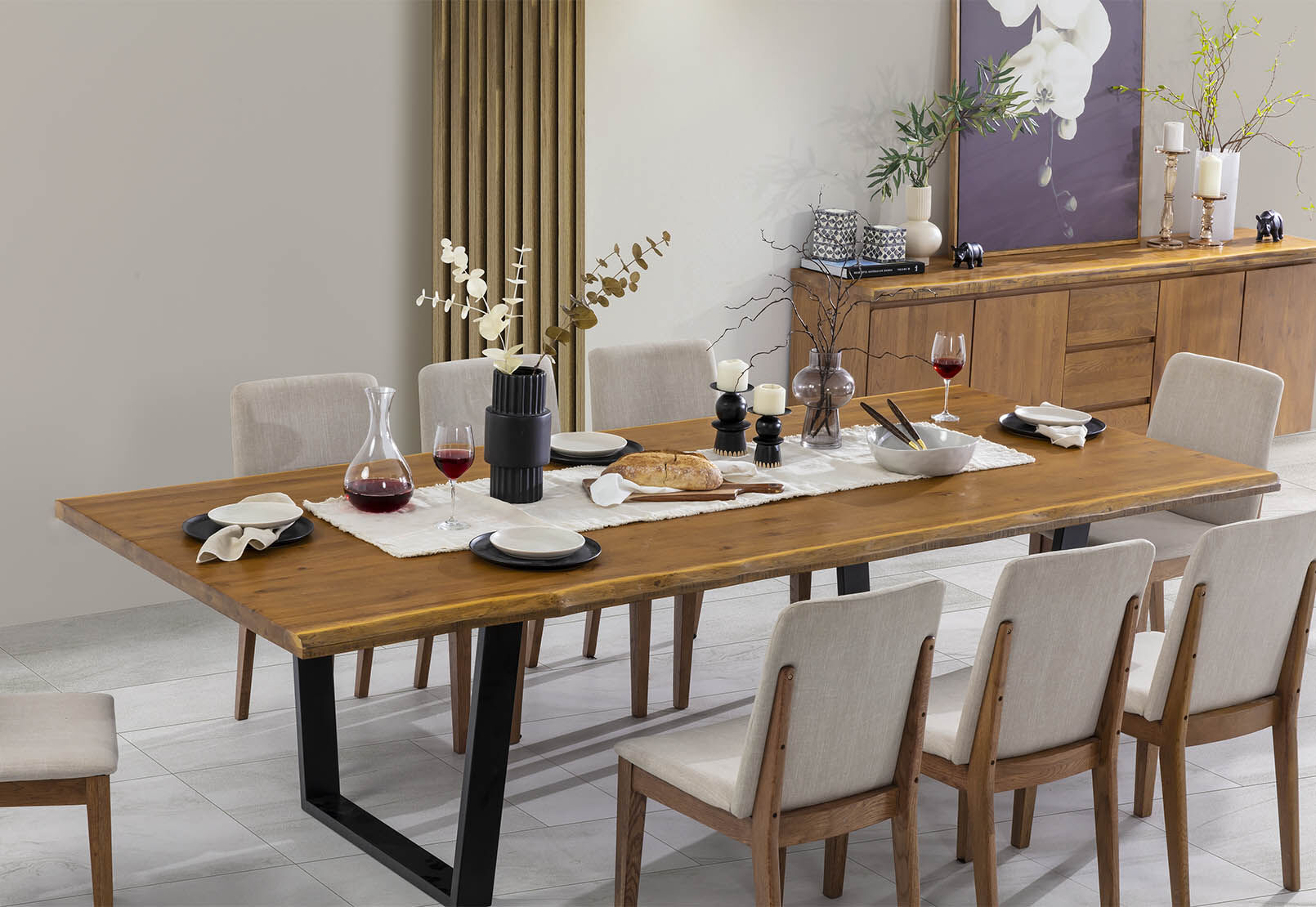

0 thoughts on “How To Keep A Cat Off A Dining Table”